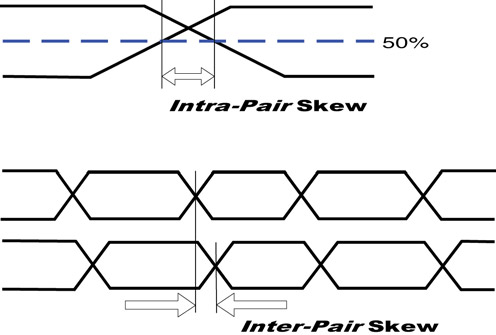
Part 1 of 6 - Construction of an HDMI Cable
Wednesday, September 23, 2015 6:52:24 PM America/New_York
We talk a lot about our cables while we are planning our displays for the CEDIA booth. Hours are spent grouping our cables together by category and the different technology they provide. I ask questions about each of our cables and when I started looking at my notes I saw these questions:
“What is the truth regarding HDMI and is there in fact a difference from one cable to another? Is there a reason to buy a better HDMI cable?”
In getting these answers, this blog post was born and over the next six weeks we are going to discuss the six parts of an HDMI cable and why customers should purchase a better (and preferably one of Metra Home’s) cables.
As most dealers know Metra Home has been a DPL member (www.dpllabs.com) since its inception. In our association with DPL we have learned that the vast majority of claims made about HDMI and HDMI cables are confusing and misleading. Metra Home has been fortunate to be associated with DPL and has over time received a reputation for good working, reliable and affordable products due to this association.

Here is a short synapses of what they taught us about cables and the differences that they possess:
#1: Cable Architecture and Timing, Intra–pair & Inter–pair Skew: –
HDMI is all about timing, timing of the TMDS feeds, timing of the DDC feeds, timing of the voltage trigger and timing of the Hot Plug return. Timing can be affected by poor wiring architecture with–in and between the twisted pairs, also depending on where and how the twist ratios are incorrect will determine whether the issue is intra or inter pair skew related. In the graphic below you will see the cause of each of these failures.
Intra–Pair Skew refers to the length time difference between the two wires within a single shielded pair and is displayed in the top graphic, it is not uncommon to see the twist point offset from the crossover center line. This failing can cause jitter in the Audio and Video. Inter–Pair Skew is caused by the length and twist points variance between the shielded pairs and will typically manifest itself by showing sparkles in solid color or white on the display depending on which cable (or how many pairs have an issue).
What does this have to do with cables?
Well, wire gauge and consistency of the twist ratio determine both Inter–pair and Intra–Pair Skew. Better quality product better data transfer. It is important to purchase a quality HDMI cable to ensure good wiring architecture to avoid timing failures. Metra Home tests all HDMI cables to receive the DPL seal of approval and because of this we have over time received a reputation for good working, reliable and affordable HDMI cables.
Follow our blog to get the next installment of this six part series.











